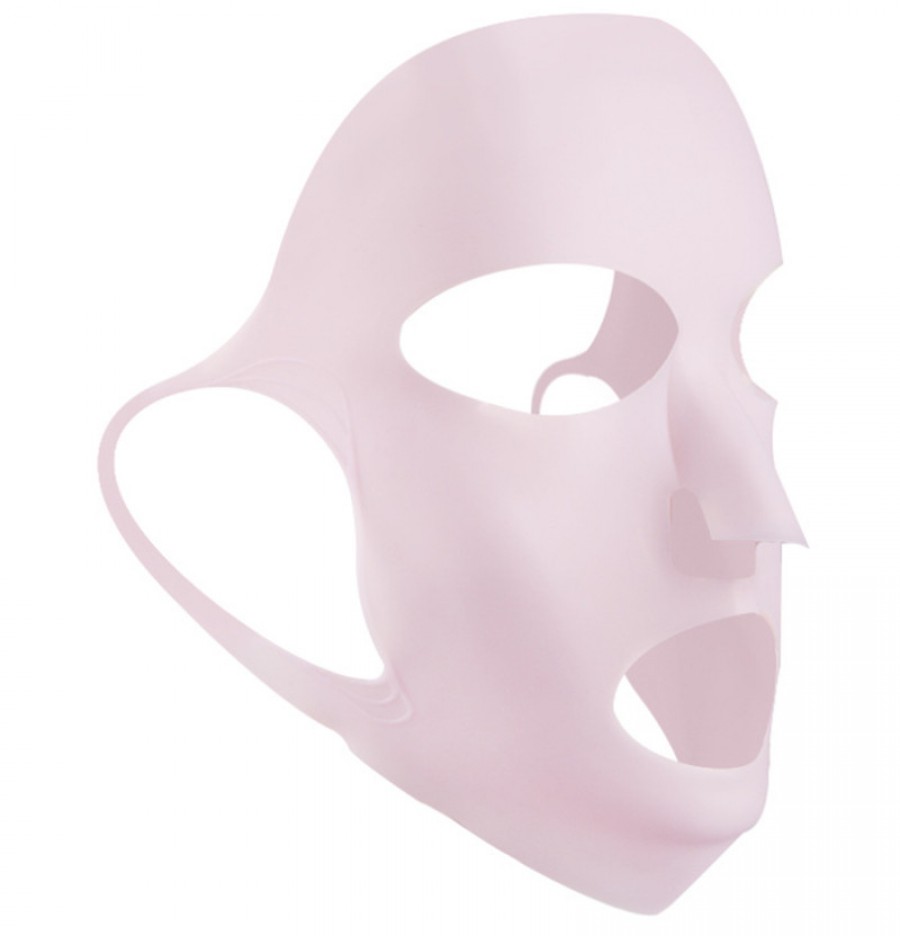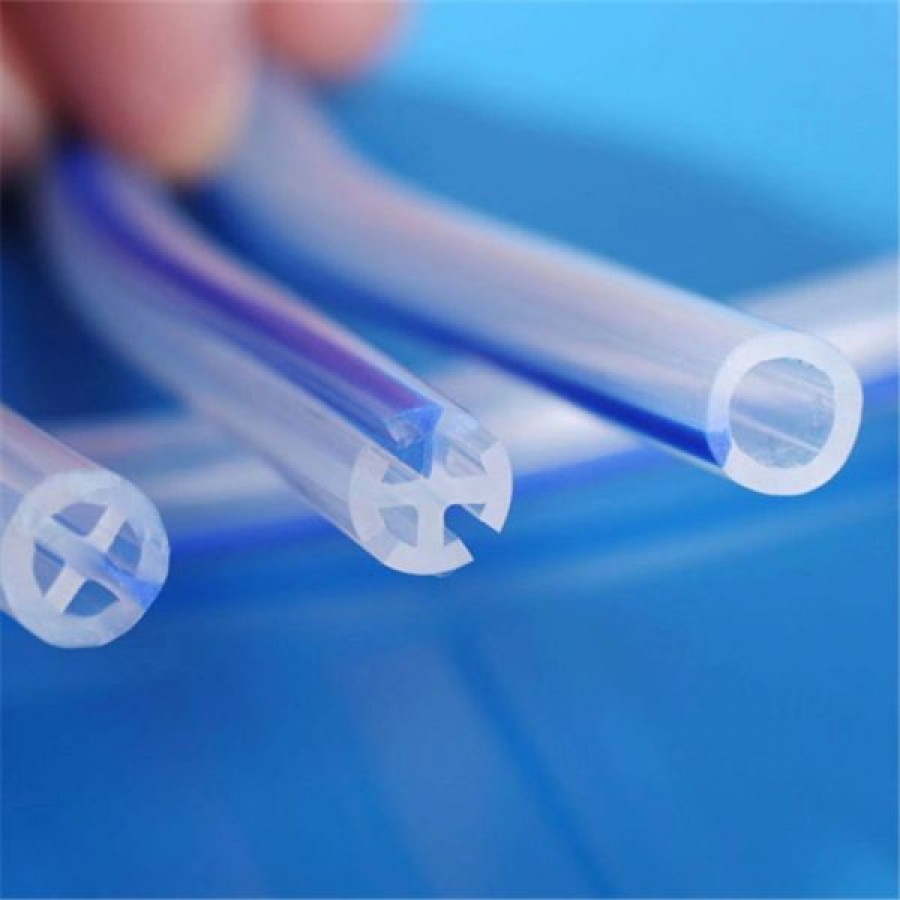A polymer material used worldwide, silicone has been used in the medical industry for many years. Let's explore the most common uses of silicones in the medical field.
This synthetic polymer has a variety of uses in most areas of medical technology and was initially used to coat glassware and needles. However, over the past 60 years, silicone manufacturers have used silicones to produce many implantable medical devices and drug-eluting devices.
Advantages of silicone in medicine
Some of the outstanding properties that make silicone a medical-grade material for a variety of applications include:
nHigh stability at unfavorable temperatures and resistance to chemical and thermal degradation
nUncomfortable and soft
nSuperior hydrophobicity provides a smooth coating on syringes and surgical instruments
nSuperior water resistance ensures bacteria resistance
nHigh biocompatibility makes silicone safe for long-term implants
Highlight 3 Prominent Applications of Medical-Grade Silicone
1. Implant
Every year millions of people undergo surgical procedures involving implanted devices. Medical implants and prosthetics are the cornerstone of modern healthcare, positively impacting the lives of patients. Depending on the application, implants can remain in or in the body for short or long periods of time.
To do this, implants must take into account several important material considerations, including stability, durability and biocompatibility proven in medical-grade silicones. This product has long been the material of choice for implants due to its wide range of potential benefits and applications in pacemakers, breast implants, etc.
Based on these advantages, medical-grade silicones are gaining attention in various fields and applications.
2. Respiratory
By 2020, nearly 5% of adults worldwide will be diagnosed with chronic bronchitis, chronic obstructive pulmonary disease, or emphysema.
In 2020, approximately 152,657 deaths from chronic lower respiratory tract disease were recorded.
- CDC statistics
Due to concerns about respiratory illness, it has become important to purchase durable face masks and respirators that can withstand multiple cleaning cycles. In this regard, silicone is a viable material due to its thermal stability and excellent tear resistance.
Silicone masks have also emerged as an alternative to N95 masks as waste continues to pile up during the coronavirus pandemic, ensuring the long-term safety of healthcare workers.
3. Medical equipment parts
The unique properties of silicone allow it to be used in a wide variety of medical devices and components. Silicone rubber, usually used in rubber form, is inherently used in medical components due to its flexibility over a wide temperature range, high resistance to compression set, and inertness.
Common applications for silicone rubber medical components include balloon catheters, compression rods, feeding and drainage tubes, infusion cannulas and laboratories, and earplugs and hearing aids.
Road Ahead
The medical-grade silicone industry is expected to expand significantly in the coming years owing to initiatives and developments by major market players. Elkem Silicones recently announced the establishment of a new production facility dedicated to high-purity medical-grade silicones. Designed to manufacture high-purity silicone materials that meet the requirements of the medical technology and pharmaceutical markets, the new unit is equipped with state-of-the-art ISO-certified Class 7 and 8 cleanrooms.
In addition, rising surgical procedures in Asia-Pacific and North America and increasing demand for implantable devices influenced by the trend of breast augmentation and buttock enlargement in women drive the market statistics.
2. Respiratory
By 2020, nearly 5% of her adults worldwide will be diagnosed with chronic bronchitis, chronic obstructive pulmonary disease, or emphysema.
In 2020, approximately 152,657 deaths from chronic lower respiratory tract disease were recorded.
- CDC statistics
Due to concerns about respiratory illness, it has become important to purchase durable face masks and respirators that can withstand multiple cleaning cycles. In this regard, silicone is a viable material due to its thermal stability and excellent tear resistance.
Silicone masks have also emerged as an alternative to N95 masks as waste continues to pile up during the coronavirus pandemic, ensuring the long-term safety of healthcare workers. It offers. The team worked with Boston's Brigham and Women's Hospital to develop a new type of silicone face shield that can be safely reused without fear of contamination.
Called iMASC, this mask offers a level of protection comparable to N95 masks. It is also seen as a promising step in addressing the acute healthcare supply shortage.
3. Medical equipment parts
The unique properties of silicone allow it to be used in a wide variety of medical devices and components. Silicone rubber, usually used in rubber form, is inherently used in medical components due to its flexibility over a wide temperature range, high resistance to compression set, and inertness.
Common applications for silicone rubber medical components include balloon catheters, compression rods, feeding and drainage tubes, infusion cannulas and laboratories, and earplugs and hearing aids.
Road Ahead
The medical grade silicone industry is expected to expand significantly in the coming years owing to initiatives and developments by major market players. Elkem Silicones recently announced the establishment of a new production facility dedicated to high purity medical grade silicones. Designed to manufacture high-purity silicone materials that meet the requirements of the medical technology and pharmaceutical markets, the new unit is equipped with state-of-the-art ISO certified Class 7 and 8 cleanrooms.
In addition, rising surgical procedures in Asia-Pacific and North America and increasing demand for implantable devices influenced by the trend of breast augmentation and buttock enlargement in women drive the market statistics.







